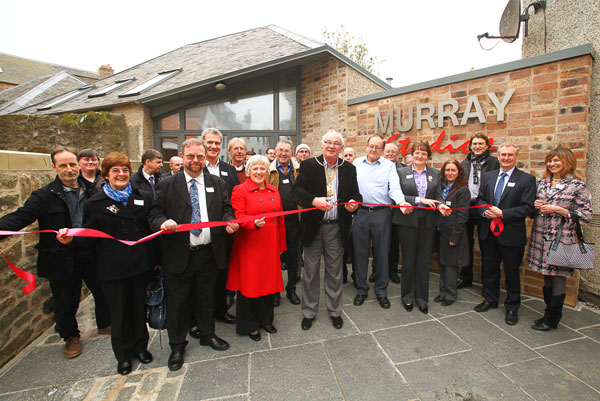Leicester Cathedral was not the only place to have a significant re-interment on the 26th March 2015. Harry D Watson has contributed this article on the desecration of the grave of Stephen and Mary Williamson.
Sometime at the beginning of this month (March 2015), the grave of farmer and shipowner Stephen Williamson and his wife Mary Grieve in Kilrenny churchyard was dug up and bones were scattered on the ground.
Reports of the desecration were carried in the Scotsman and the Courier. Fife CID appealed for details of living relatives of this couple who could be contacted. As a keen amateur genealogist and a native of Kilrenny parish, I knew that descendants of that family were scattered all over the world, but I managed to make contact with an American descendant whom I met when he visited Scotland in 2007.
Luckily he hadn’t changed his email address. He soon put together a group email list of about 40 cousins, near and distant, and informed them of what had happened. At least one of these people has since visited Kilrenny and liaised with the police and the Rev. Arthur Christie. A small ceremony is to take place on March 26 to reinter the bones which were disturbed, and the beautiful carved headstone will be re-erected on a new base. A plaque will be attached to the coffin with the following dedication (there was some dubiety about the spelling of Mary’s maiden name, and the conclusion was, ‘when in doubt, leave it out’) –
Here lie the partial remains of Mary, wife of Stephen Williamson, first laid to rest in this place in 1828 but disturbed by vandals in March 2015. They were buried again with Christian blessing by representatives of the fifth, sixth and seventh generations of her descendants on March 26th 2015. May her soul rest in peace.
Stephen Williamson and Mary Grieve had some distinguished descendants, including their grandson Stephen Williamson M.P., co-founder of the Balfour Williamson shipping line in Liverpool, and his brother John Williamson, deputy chairman of Cunard. Present-day descendants include the 4th Baron Forres of Glenogil, in Australia, and there have been academics and a major-general in the family-tree.


